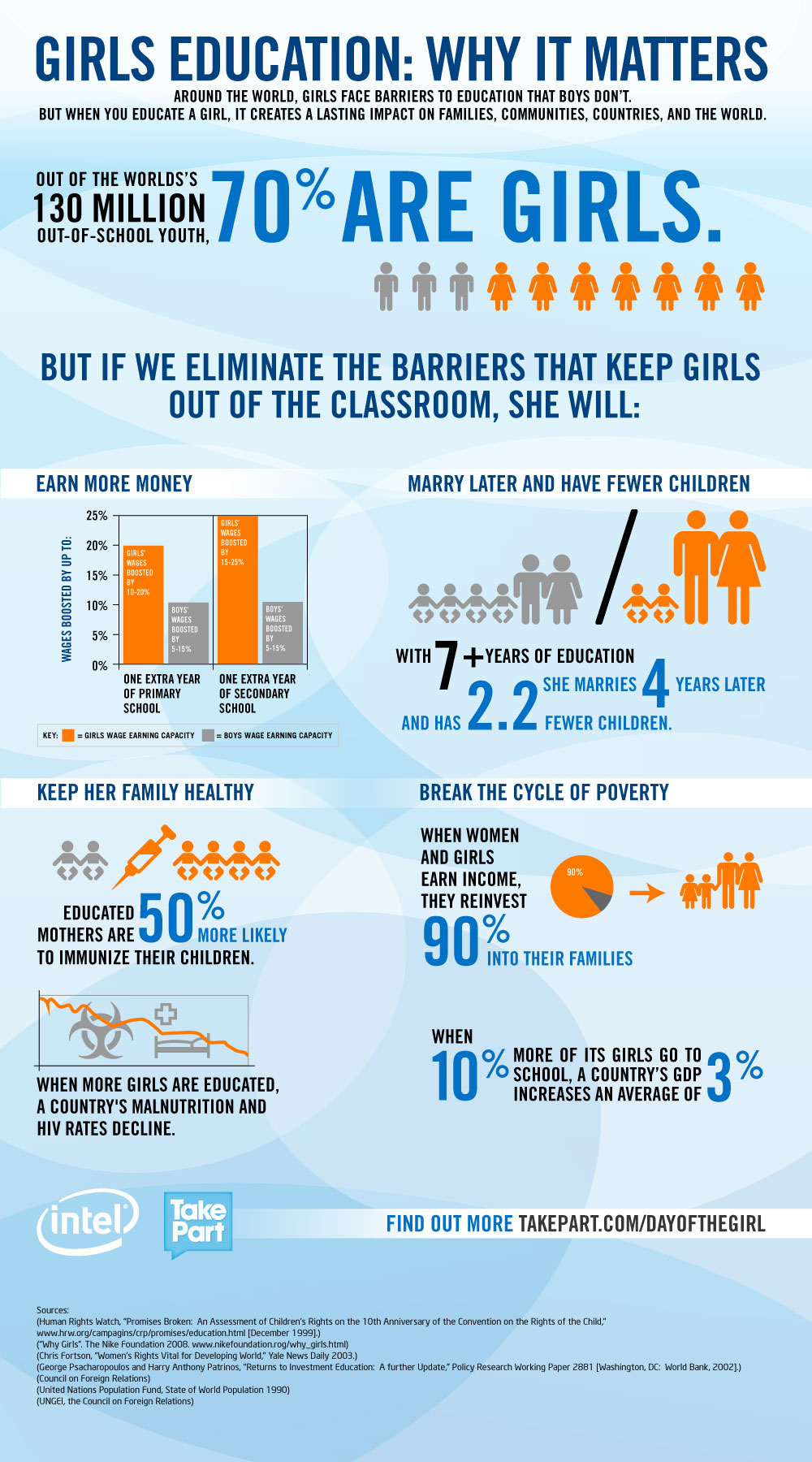Context
If there were really an easy fortune to be made at the bottom of the pyramid, the market would have been flooded with goods and services to claim that fortune. The fact is that it has proven extremely difficult to segment the vast market constituted of the global poor, understand the needs of each major segment, build affordable products that serve those needs, and deploy them using feasible business models.
They have launched an exercise to understand the “needs” vs. “wants” of rural and urban communities in 4-5 sample countries. They will use those findings as the basis of a broader understanding of the various market segments (by age, economic sub-strata, gender, country, rural vs. urban, etc.), and the demand-driven products that can improve the quality of life in each segment.
As in the case of technologies for workplace productivity, they believe that a new generation of successful household products will gradually lead to the creation of an ecosystem for production, distribution and maintenance; this will expand the employment base and economic opportunities, especially for the urban poor.
Current portfolio
- An experimental (proprietary) technology for generation and storage of renewable energy, at a cost that is much lower that existing forms of renewable energy (e.g., solar), and can provide reliable power independent of weather conditions. It is important to note that a number of technical issues need to be resolved before this becomes a reality.
- Integrated water purification systems, combining technolgies they have already deployed (over the past decade) with enhancements and new technologies.
Energy
 Energy—and in particular, electricity—is the lifeblood of development. It is inconceivable that populations and economies will develop without it. While access to electricity has grown in large parts of the world, large rural populations in a number of regions in the world still lack access to even limited electricity. This is particularly true in sub-Saharan Africa, where rural the electrification rate is 18%.
Energy—and in particular, electricity—is the lifeblood of development. It is inconceivable that populations and economies will develop without it. While access to electricity has grown in large parts of the world, large rural populations in a number of regions in the world still lack access to even limited electricity. This is particularly true in sub-Saharan Africa, where rural the electrification rate is 18%.
It is clear that grid extension alone will not reach much of rural Africa in the foreseeable future. Hence, the solution to electricity supply is likely to be mini grids, typically solar powered.
However, the demand side of the equation also needs to be addressed: it is not electricity that changes lives, but what people do with it. Currently, the only thing that most of the rural poor can do with electricity (if they have access to it), is to use it for small scale LED lighting, and charging mobile phones. Needless to mention, this is grossly insufficient for development and quality of life. In households, it will be important to have very affordable, highly energy-efficient appliances like refrigerators, fans or other coolers, and an ICT device (some research shows that single the most coveted appliance, is a TV). Similarly, low-cost, energy efficient medical devices will be required for medical facilities, and workplace appliances like agricultural processing equipment and machines for factories will be required for increased economic output.


